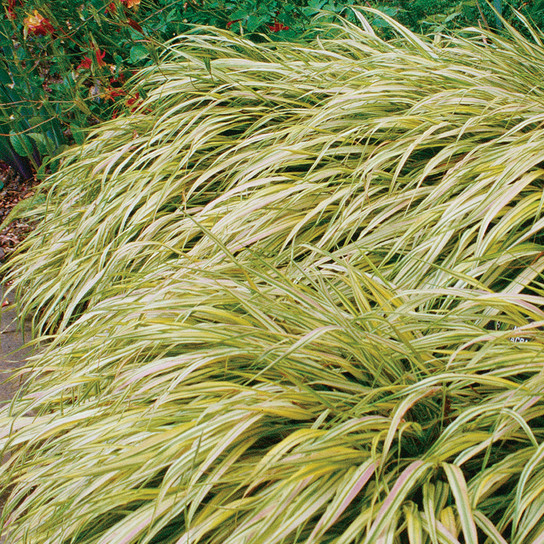How To Use Japanese Forest Grass In The Garden
Japanese forest grass, or Hakonechloa macra, is an elegant ornamental grass that thrives in shady, woodland gardens. It has a cascading mounded shape and comes in several color varieties including yellow, bright green, and variegated. This grass spreads slowly by underground rhizomes to form clumps approximately 2-3 feet tall and wide. It blooms in mid-summer with inconspicuous inflorescences that do not produce viable seed.
Its graceful, arching foliage adds texture and movement to shaded borders, complementing hostas and ferns. When planted along pathways, it softens edges and guides visitors through the landscape. Additionally, this grass is effective in container plantings, providing a lush, cascading effect that enhances patios and balconies. Its adaptability to low light under trees makes it a valuable addition to shady borders and woodland plantings.









